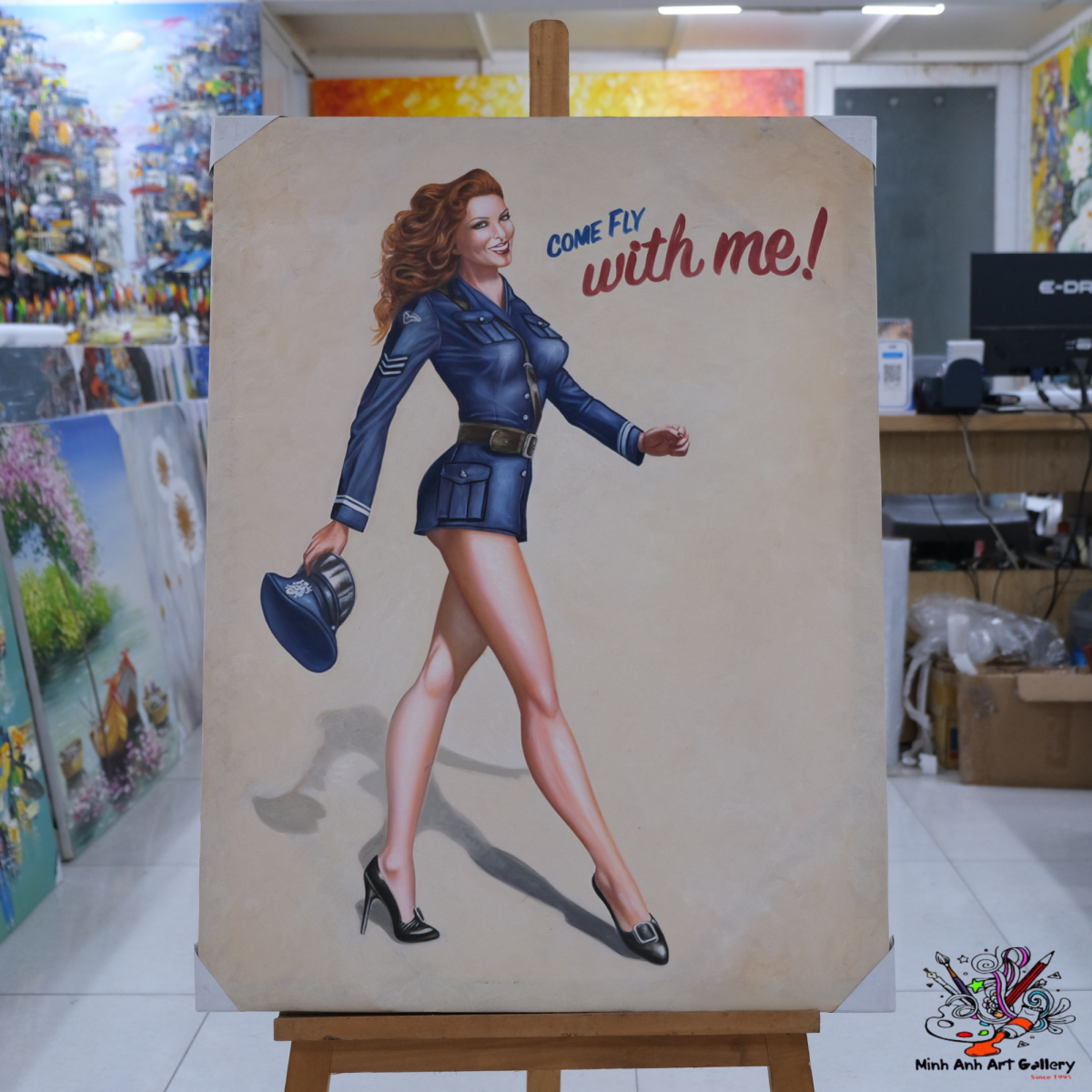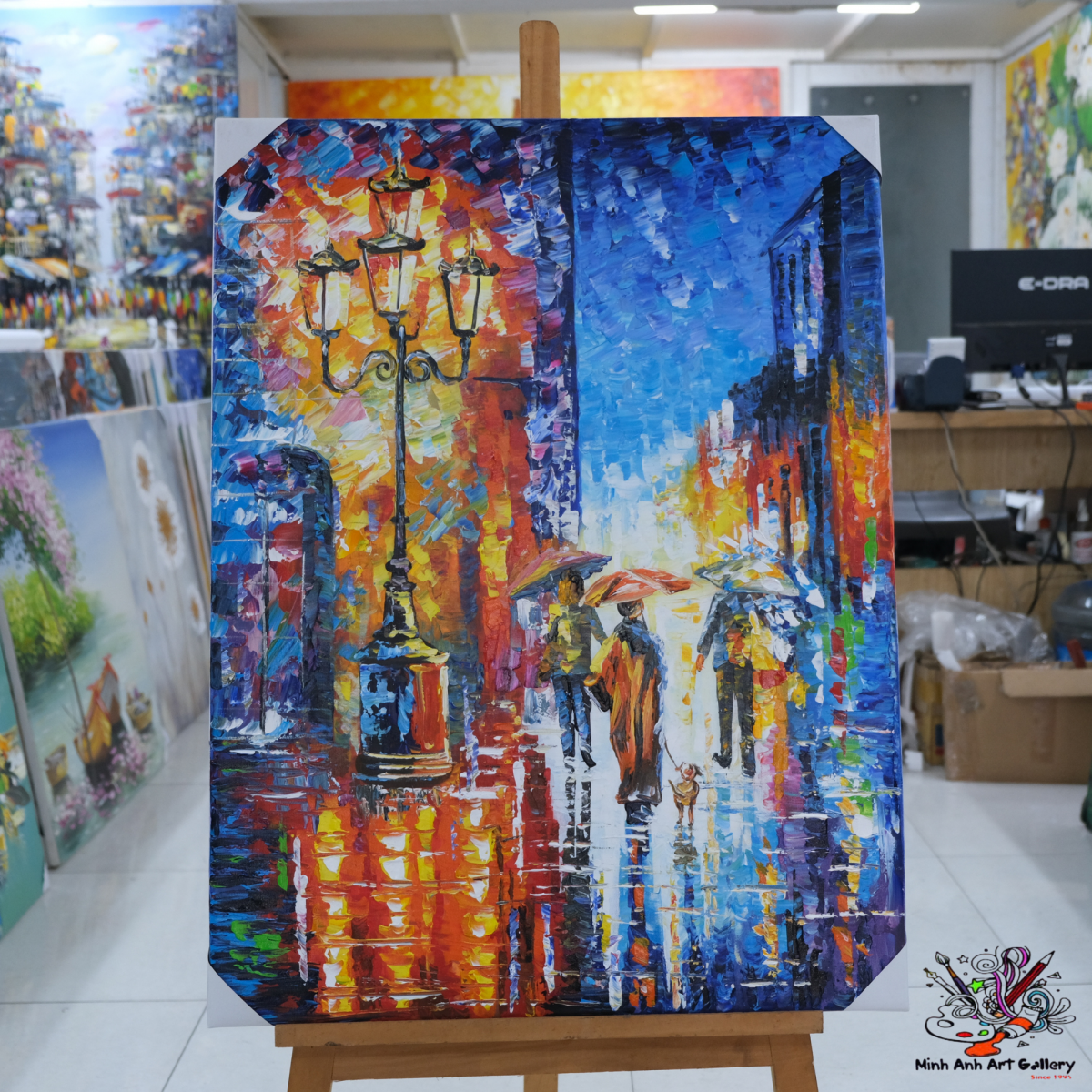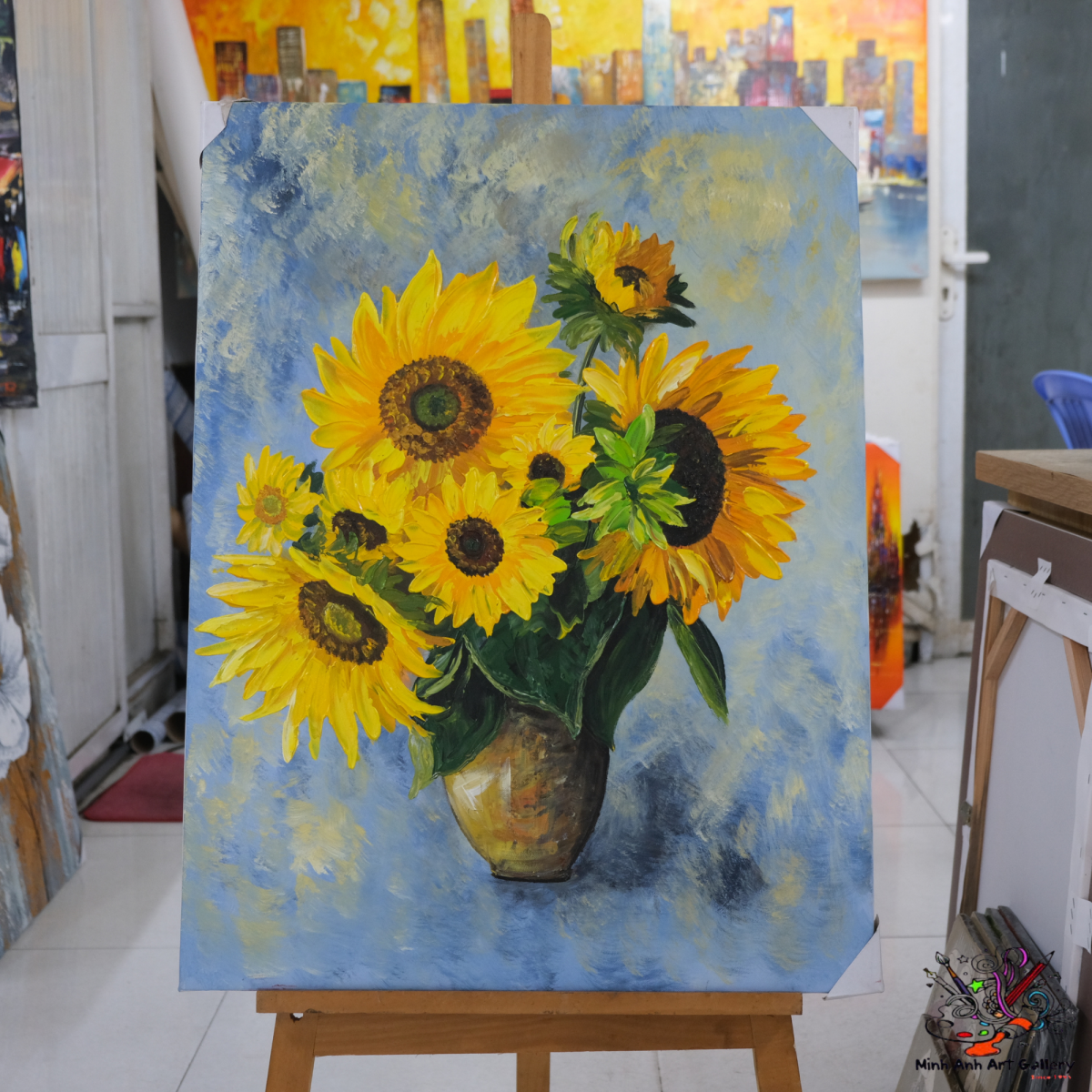Have you ever stood in front of a painting and felt something stir inside you? That moment—intangible, emotional, and deeply personal—isn’t just a coincidence. Our love for famous art collections is rooted in psychology, culture, and even biology. But what exactly makes these masterpieces universally beloved? Let’s dive into the science behind this powerful connection.

Viewing art isn't passive. Our brain lights up when we engage with it. Neuroaesthetic studies show that certain regions of the brain, like the orbitofrontal cortex, get activated when we see beauty—just like when we experience love or listen to music.
Art triggers dopamine release, the same chemical responsible for pleasure and reward. That’s why walking through a collection of breathtaking masterpieces feels so good. It’s a literal chemical reaction of joy.
We project our memories, desires, and emotions onto what we see. A painting of a stormy sea might remind one person of chaos and another of freedom. This personal lens deepens our bond with any art collection gallery.
When we know a painting’s backstory or its place in history, it becomes more than just pigment on canvas. It becomes a window to another time. This is why famous art collections that include pieces from significant eras are especially captivating.
We’re drawn to art that reflects our roots. Whether it’s Vietnamese lacquer painting or French impressionism, these works feed our sense of identity. That’s why galleries often act as cultural ambassadors.

Great art tells stories. A single painting can whisper ancient myths, reflect societal issues, or simply capture human emotion. This storytelling aspect is what makes a modern art collection timeless.
Art invites curiosity. We find ourselves asking: “What does it mean?” That question keeps us coming back, eager to uncover more layers. It's a puzzle where every viewer brings their own answer.
A curated art collection is more than a group of paintings. It’s an intentional arrangement designed to evoke emotion, provoke thought, and lead the viewer on a journey. The narrative flow is key to the experience.
Ever noticed how you feel different emotions as you move through an exhibit? That’s no accident. Curators use lighting, spacing, and sequencing to guide your emotional response.
We love being in the presence of greatness. When we see a Van Gogh or a Da Vinci, we’re experiencing history, genius, and emotion—all at once. These iconic pieces anchor the fine art collection in our cultural consciousness.
Famous works carry a certain prestige. They’ve been celebrated, studied, and revered. There’s a sense of awe and even privilege in being near them, which adds to the appeal.
Walking into a well-designed art collection gallery is like stepping into another world. The lighting, wall textures, and flow create a sensory experience beyond the visual.
Unlike noisy tourist spots, galleries invite stillness. That silence gives space for reflection, contemplation, and emotional absorption. It’s like therapy for the soul.
Private art galleries offer a more intimate experience. They often host niche or experimental works, giving visitors a rare peek into curated artistic expressions.
Public institutions, on the other hand, offer wide exposure to diverse works. Their role in democratizing art can’t be overstated.
Today, experiencing a art collection online isn’t just about scrolling through images. High-resolution, 3D virtual tours replicate the gallery feel—sometimes better.
Art once confined by geography is now accessible to anyone with Wi-Fi. This accessibility has transformed how we engage with famous art collections worldwide.
A contemporary art gallery often mixes edgy, experimental pieces with traditional emotional depth. It’s where innovation meets soul.
Think motion sensors, AR overlays, soundscapes—these experiences draw us in, transforming viewers into participants.
Today’s art gallery exhibitions are immersive. They invite interaction, breaking the “do not touch” taboo of old museums.
Engaging with art doesn’t just entertain—it sticks. Studies show that emotionally charged visuals create lasting memories.
A single piece of art can teach more than a textbook. It sparks conversations, empathy, and deeper understanding in students and visitors alike.
Children who grow up exposed to art are often more creative, emotionally intelligent, and curious. That’s the power of a robust fine art collection.
Art satisfies a core human craving: beauty. In a chaotic world, galleries offer a space of peace, perspective, and awe. It’s no surprise we return again and again.

So why do we love famous art collections so much? Because they speak to our minds, our hearts, and our histories. They engage our senses, spark our curiosity, and connect us across cultures and time. Whether you’re wandering through a curated art collection in a quiet gallery or clicking through a collection online at midnight, the experience remains powerful, personal, and profoundly human.
1. What makes an art collection “famous”?
A collection becomes famous when it includes iconic, historically significant, or culturally impactful works known and appreciated globally.
2. Can online art galleries provide the same experience as physical ones?
Not identical, but they offer accessibility, convenience, and often interactive features that replicate or even enhance the experience.
3. Why do people cry in art galleries?
Art can trigger deep emotions, memories, or even catharsis. This emotional release is a testament to the power of visual storytelling.
4. What’s the role of curators in art collections?
Curators select, organize, and present works in a way that tells a cohesive story, enhances meaning, and guides emotional response.
5. How do art collections help preserve culture?
They document, celebrate, and safeguard cultural expressions, allowing future generations to connect with their roots and identity.
Message:
This article is proudly brought to you by Minh Anh Art Gallery – where passion meets timeless beauty. Visit us at 101 Bui Vien St, District 1, Ho Chi Minh City, Viet Nam, call us at (+84) 962 720 484, or email minhanhart.vn@gmail.com. Explore our curated masterpieces at https://minhanhart.vn/.